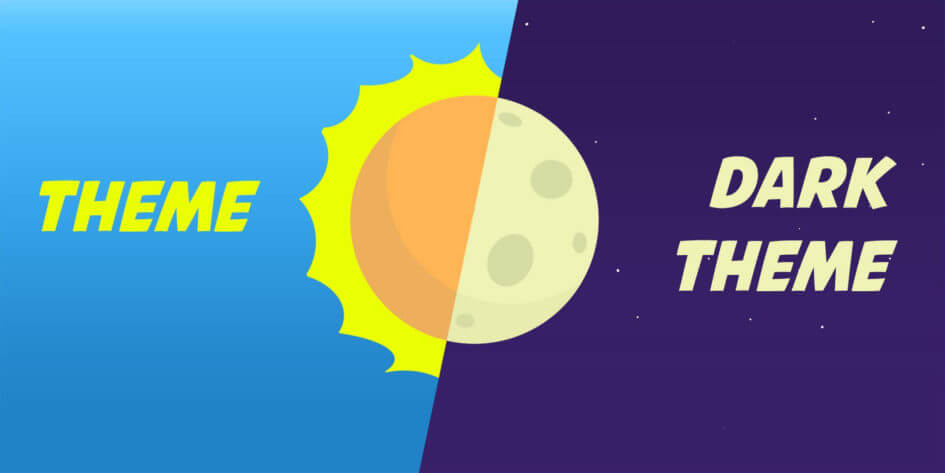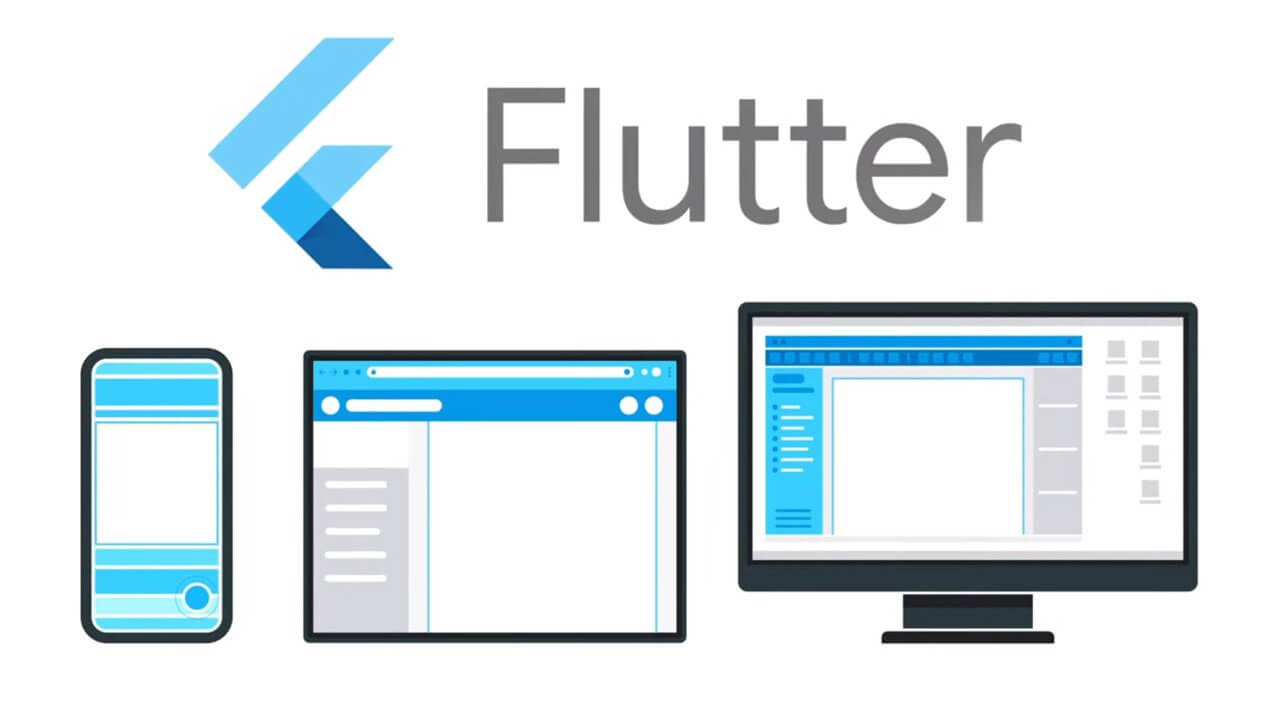
Flutter has taken a huge jump from mobile apps to the web. This has been a revolution for users. The next thing that is hitting the internet is the android dark theme in a flutter. What exactly is flutter dark theme – a flutter custom theme or flutter dynamic theme or anything else! Let me give you a brief about it.
Android Dark Theme
A dark theme is a dimmed light user interface, it mostly displays darker surfaces. A dull subject presentation dim surfaces over most of a UI. It’s intended to be an optional/supplemental mode to a default theme.
This theme decreases the luminance transmitted by gadget’s screen, on the contrary, does not compromise with the shading complexity on the screen. They encourage screen use in dull light situations – all while moderating battery control.
Advantages of Dark theme
- Can decrease power utilization by a noteworthy sum (contingent upon the gadget’s screen innovation).
- For clients with low vision and the individuals who are delicate to brilliant light, it definitely improves vision.
- With a dark theme, it is simpler for anybody to utilize a gadget in a low-light condition.
Android Dark Theme in Flutter
This year at the Google I/O a great announcement was made by Android team of developers that the dark theme will now support Android Q. Following are the ways you can enable the dark theme in your app:
- In the settings option, go to Display & then Theme -> Dark theme to enable using it.
- The quick settings widget in the notification bar allows you to quickly shift between the desired themes. Only thing is it should be enabled for once.
- In some devices when you enable the power saver mode, the dark theme automatically gets enabled.
Now, does the android dark theme have support in Flutter? The answer is yes! Flutter dark theme support was added back in February.
Properties of Android dark theme in a flutter
- As an essential surface shading for segments, the dark theme uses dark grey shade instead of black.
- With dark grey, one can express more extensive scope of shading, height, and profundity, since it’s simpler to see shadows on grey (rather than on black).
- Grey surfaces additionally decrease eye strain, as light content on a dull dim surface has less difference than light content on a dark surface.
How do we develop the flutter custom theme?

To do this we first have to develop the flutter material theme that in turn builds the theme for remaining UI. Following is the way how a flutter custom theme code looks like before Android dark theme:
MaterialApp(
title: ‘App name’,
theme: new ThemeData(
primarySwatch: Colors.blue,
),
)
The dark theme has been introduced in flutter for MaterialApp which in turn will be used as an independent theme in Android Dark Theme. Now, let us also have a brightness.dark theme for flutter material theme.
MaterialApp(
title: ‘App name’,
theme: ThemeData.dark().copyWith(canvasColor: Colors.transparent),
)
Whoa! It’s almost done. When in the settings you incorporate the flutter dark theme, the app will on its own switch between the regular & dark theme.
On account of code utilization for UI in Flutter, updating your application to help an extraordinary new element takes a lot more than just adding another property to your gadget tree. It’s a clear cut NO to CSS updates, XML styles, only a typical Dart parameter and we are done!
Flutter has never given us a reason to worry in the past and still continues the same. Hire Flutter Dark Theme Developer now.
Heard about Android Dark Theme in Flutter – Let me Brief You About it!




 Indonesia
Indonesia
 Botswana
Botswana
 USA
USA
 Italy
Italy
 Panama
Panama




 USA
USA UK
UK Saudi Arabia
Saudi Arabia Norway
Norway India
India Australia
Australia